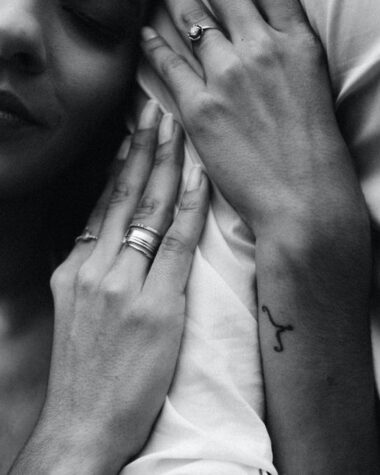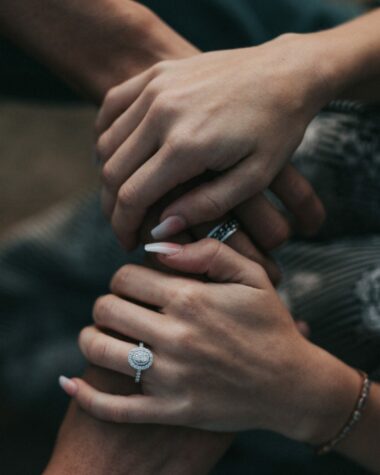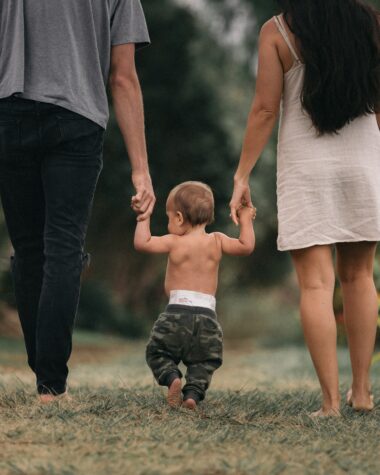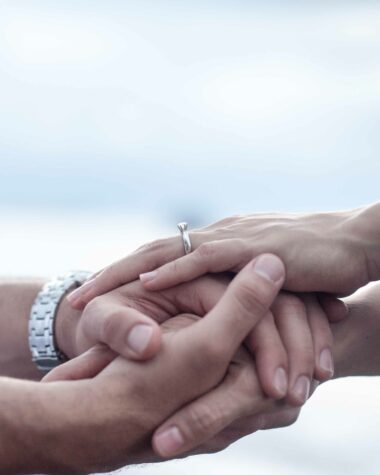So you’ve bought the ring; you’ve planned what to say; now it’s time to ask your loved one to marry you. But one question might remain: if you’re going to get down on one knee, which knee do you propose on?
We’ve all seen it in films, and some of us may even have been lucky enough to see it happen in real life, too – in a park, at the beach, or during an event, perhaps. When someone wants to propose to their partner, it’s traditional to get down on one knee before they pop the question. But despite it being the norm – in fact, probably because it’s the norm – it might not be something you’ve ever thought about in-depth before. For example – why do we get down on one knee to propose? Which knee do you propose on? Is there a specific way to do it? What does it symbolise? We’ve got the answers to all of these below.
Why do people get down on one knee to propose?
Before considering which knee to get down on to propose, you might first be wondering where this tradition came from. The origin of getting down on one knee to pop the question is actually really interesting: it’s an age-old action given a relatively new meaning. Some people say that the action of getting down on one knee – a practice called “genuflecting”– goes back as far as 328BC when Alexander The Great introduced it into his court.
It was originally a display of respect, obedience, and loyalty, the same that we might see today when people bow in front of royalty. However, its use in proposals – as a display of respect, obedience and deep loyalty to your partner – is only decades old, as opposed to millennia. It added a sense of romance, flair and occasion to a question that was once treated as a business transaction.
However, this origin hasn’t been 100% proven; some people believe it comes from the prevalence of kneeling in religion instead. Because marriage and religion used to be inextricably linked, the practice became tied to marriage along the way. Another theory is that it’s a sign of surrender: surrendering your heart to the person you love most in the world (and putting the ultimate trust in them that they’ll look after it and say yes!)
What knee do you propose on?
Traditionally, the answer to ‘what knee do you propose on’ is the left (this is because that’s apparently how knights used to do it!). If you want to follow the ‘proper’ etiquette down to the letter, you should kneel with your left knee touching the floor with the ring box held in your left hand, enabling you to open it with your right hand.
(However, in practice, the answer is: your partner probably won’t notice which knee you’re on to propose because they’ll be so delighted to see you on either knee in the first place! So don’t get too hung up on which knee to propose on.)
And of course, there’s every chance that you may feel much more stable doing it on your right knee instead, as most of the population are right-handed. The last thing you want to do is wobble or fall over, so if you feel more secure going down onto your right knee, do that!
Do I have to get down on one knee to propose?
As with most wedding and engagement traditions, what matters most is what’s important to you. For some people, a proposal on bended knee is something they’ve always dreamed of, but for others, it’s a tradition they’d rather not take part in. So if it doesn’t feel right for you or your partner for whatever reason, then don’t feel pressured to do it.









